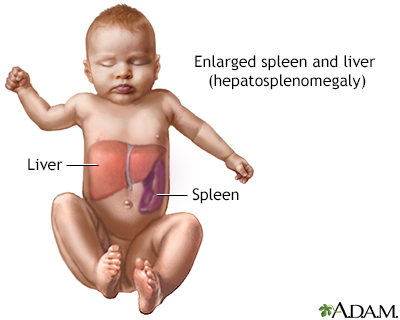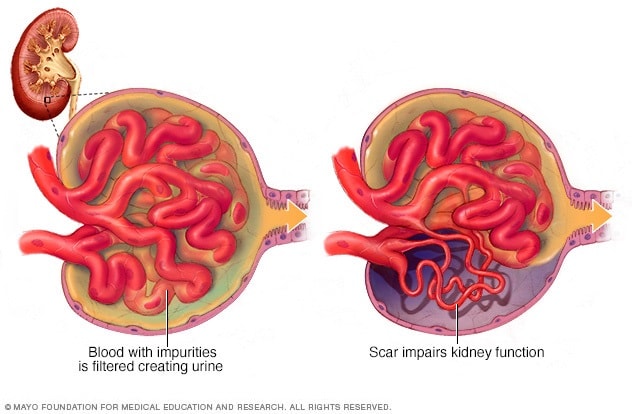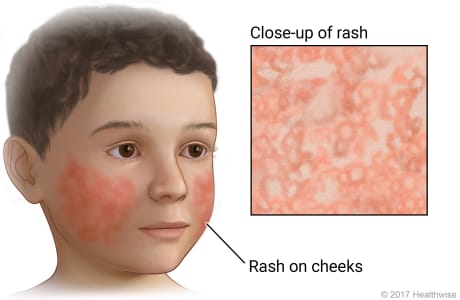Nursing Paper Example on Guillain-Barré Syndrome
/in Assignment Help, Homework Help, Nursing Paper Help /by Aimee GraceNursing Paper Example on Guillain-Barré Syndrome
Guillain-Barré syndrome (GBS) is an acute autoimmune disorder that affects the peripheral nervous system, often triggered by an infection. It is characterized by the rapid onset of muscle weakness and paralysis, beginning in the lower extremities and potentially progressing to the upper body and respiratory muscles. Though rare, GBS is a serious condition that requires prompt diagnosis and treatment to prevent long-term disability or death. The condition is often self-limited, but the course can vary, with some individuals experiencing significant recovery while others may face lasting neurological deficits.
Causes
The primary trigger for GBS is an infection, with viral or bacterial pathogens being most commonly associated. The most frequently implicated virus is the cytomegalovirus, followed by Epstein-Barr virus, Zika virus, and the flu virus.
Bacterial infections, such as Campylobacter jejuni, are also a common precipitating factor. Vaccines, although rare, have also been linked to GBS, particularly after the administration of influenza or rabies vaccines. The exact mechanism of GBS involves molecular mimicry, where the immune system mistakenly attacks the myelin sheath of the nerves following an infection, leading to nerve damage.
Signs and Symptoms
GBS typically begins with a tingling sensation or weakness in the legs, often progressing to muscle paralysis. The symptoms can advance quickly, sometimes within hours or days, and affect the arms and facial muscles, leading to difficulty swallowing, speaking, and breathing. In severe cases, the paralysis can involve respiratory muscles, requiring mechanical ventilation.
Other signs include pain, particularly in the lower back, and autonomic dysfunction such as fluctuating blood pressure, heart rate abnormalities, and difficulties in temperature regulation. The severity and speed of symptom onset can vary from mild to life-threatening.
Etiology
The etiology of Guillain-Barré syndrome is autoimmune in nature. After an infection, the immune system produces antibodies that, in some cases, cross-react with the peripheral nervous system, leading to an inflammatory response. This response damages the myelin sheath that covers nerve fibers, impairing nerve signal transmission. The destruction of myelin results in the characteristic muscle weakness and sensory loss. The association between certain infections, particularly those caused by pathogens like Campylobacter, and the development of GBS underscores the importance of immune system dysfunction in its etiology.
Pathophysiology
Guillain-Barré syndrome is primarily a demyelinating condition, although some forms involve axonal damage. The immune system attacks peripheral nerves, initiating inflammation that damages the myelin sheath, which insulates nerve fibers. This damage leads to disrupted communication between nerves and muscles, resulting in the weakness, paralysis, and sensory disturbances that characterize the disorder.
In some variants of GBS, such as the acute motor axonal neuropathy, the axons themselves are damaged, causing more severe and longer-lasting disability. The pathophysiology involves both cellular immunity, particularly T cells, and humoral immunity, with antibodies playing a role in the damage to peripheral nerves.
Diagnosis
The diagnosis of Guillain-Barré syndrome is clinical and is supported by the patient’s history, symptoms, and diagnostic tests. The hallmark symptom is the progressive, symmetrical weakness starting in the legs. Diagnostic tests include nerve conduction studies, which reveal slowed nerve conduction due to demyelination, and cerebrospinal fluid analysis, which often shows elevated protein levels without a corresponding increase in white blood cells (albuminocytologic dissociation). Blood tests may help rule out other conditions, but no specific biomarker for GBS exists. In some cases, magnetic resonance imaging (MRI) can be used to assess the extent of nerve damage.
Treatment Regimens
The management of Guillain-Barré syndrome focuses on supportive care and immunotherapy. In the acute phase, hospitalization is usually required, especially if respiratory involvement is present. The main treatments are plasmapheresis (plasma exchange) and intravenous immunoglobulin (IVIg), both of which are used to modulate the immune response. Plasmapheresis involves removing harmful antibodies from the blood, while IVIg provides immune support by supplying healthy antibodies.
Pain management, physical therapy, and monitoring of autonomic functions are also key components of treatment. Early intervention is crucial for improving outcomes, although some patients may still experience prolonged weakness or residual effects.
Patient Education
Patient education is vital in the management of Guillain-Barré syndrome, both during the acute phase and throughout recovery. Patients should be informed about the potential for rapid deterioration of symptoms and the importance of early intervention. As recovery can be slow, patients and their families should be prepared for a gradual return to normal function, with some individuals experiencing long-term effects.
Rehabilitation therapies, including physical, occupational, and speech therapy, play an important role in recovery and should be initiated early. Support groups can help patients and their families manage the emotional challenges that often accompany the disease. Long-term monitoring may be necessary to address any ongoing complications.
Research and Future Directions
Ongoing research into Guillain-Barré syndrome is focused on better understanding its immune mechanisms, improving diagnostic techniques, and developing more effective treatments. Advances in immunotherapy, particularly monoclonal antibodies, are being investigated for their potential to more precisely target the autoimmune processes involved in GBS.
Researchers are also exploring the role of genetic predispositions and viral triggers in the development of the disease. The ultimate goal is to reduce the incidence of GBS, improve its prognosis, and provide better therapeutic options for patients with this potentially debilitating condition.
Conclusion
Guillain-Barré syndrome is a rare but potentially life-threatening condition that involves autoimmune damage to the peripheral nervous system. Though the disease has a variable course, with some individuals recovering fully and others facing lasting impairment, early diagnosis and prompt treatment significantly improve outcomes. Advances in immunotherapy and ongoing research provide hope for more effective treatments in the future. Awareness and education for both patients and healthcare providers are essential for managing this complex disease and ensuring the best possible recovery for those affected.
References
McGrogan, A., Leese, M., & Howell, J. (2023). Guillain-Barré syndrome: Epidemiology, clinical features, and diagnosis. Journal of Neurology, Neurosurgery, and Psychiatry. https://jnnp.bmj.com
Willison, H. J., & Yuki, N. (2023). Guillain-Barré syndrome: Mechanisms and management. The Lancet Neurology. https://www.thelancet.com/neurology
Van Doorn, P. A., & Hughes, R. A. C. (2023). Diagnosis and treatment of Guillain-Barré syndrome. British Medical Journal. https://www.bmj.com
Miller, R. G., & Haverkamp, M. H. (2023). Long-term outcomes in Guillain-Barré syndrome: A review of rehabilitation and management strategies. Journal of Neurologic Rehabilitation. https://www.journals.elsevier.com/journal-of-neurologic-rehabilitation
Willison, H. J., & Jacobs, B. C. (2023). Guillain-Barré syndrome and its infectious triggers. Journal of Clinical Investigation. https://www.jci.org











